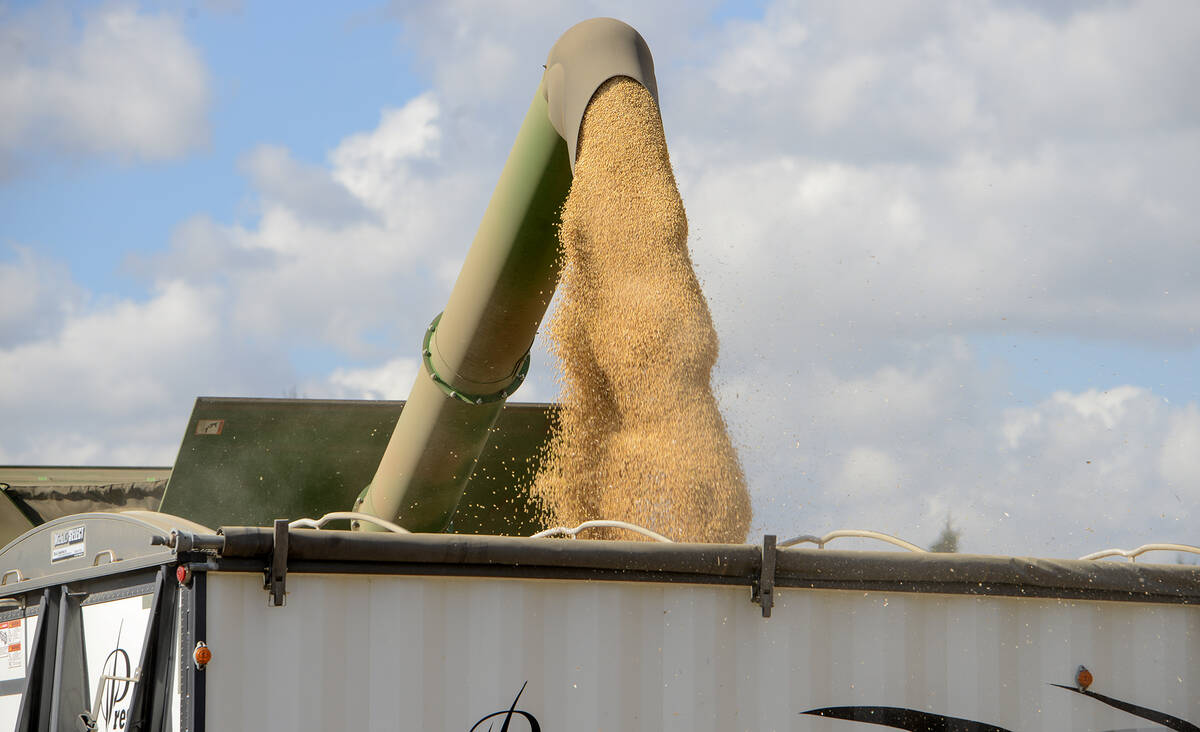The past week will go down as one of the most erratic in the modern history of global trade.
Just one week after United States President Donald Trump announced reciprocal tariffs on goods from the rest of the world, on April 9 he suspended those duties for 90 days, leaving the 10 per cent baseline levy and boosting the markets. After China retaliated by increasing its tariffs on imports of U.S. goods to 84 per cent, Trump returned fire by boosting duties on Chinese goods to 125 per cent. One day later, he upped that to 145 per cent and markets fell hard. China retaliated and raised its tariffs to 125 per cent on April 11.
But after all of that, canola prices continued to rise steadily.
Read Also

Grain markets hungry for U.S. data
The U.S. government shutdown meant that futures markets were left without robust grain supply information
The May canola contract on the Intercontinental Exchange nearly gained $100 per tonne since March 14. In that time, 14 out of 19 trading sessions were positive and it closed at $654/tonne on April 10, aided by a similar rise in Chicago soyoil prices. If its momentum continues, the contract could reach the $660 level for the first time since March 3 and possibly the $682.20 high mark set on Feb. 20. According to an analyst, any move above $680/tonne could mean a breakthrough for May canola.
Despite 100 per cent Chinese tariffs placed on Canadian canola oil and meal since last month, recent moves by the Trump administration could be helpful to the oilseed.
Importing U.S. soybeans at a tariff of 145 per cent will not be feasible in the long-term for China. While they could fulfill their cooking oil needs from South American soybeans or southeast Asian palm oil, canola is relatively cheap compared to other oilseeds. At the moment, canola seed has no levies attached but China should buy now for other reasons.
The Canadian Grain Commission reported canola exports for the week ended April 6 at 309,700 tonnes, well ahead of the average weekly pace so far this marketing year. In 2024-25, 7.176 million tonnes of canola were exported compared to 4.072 million one year earlier. As Canada anticipates a 2024-25 canola crop totalling 17.80 million tonnes — according to Statistics Canada — prices must rise higher to temper demand.
Until, or if, the trade wars end and the world gets back to some sort of normalcy in global trade and other affairs, canola is taking advantage of the moment and may have other opportunities as well.
















